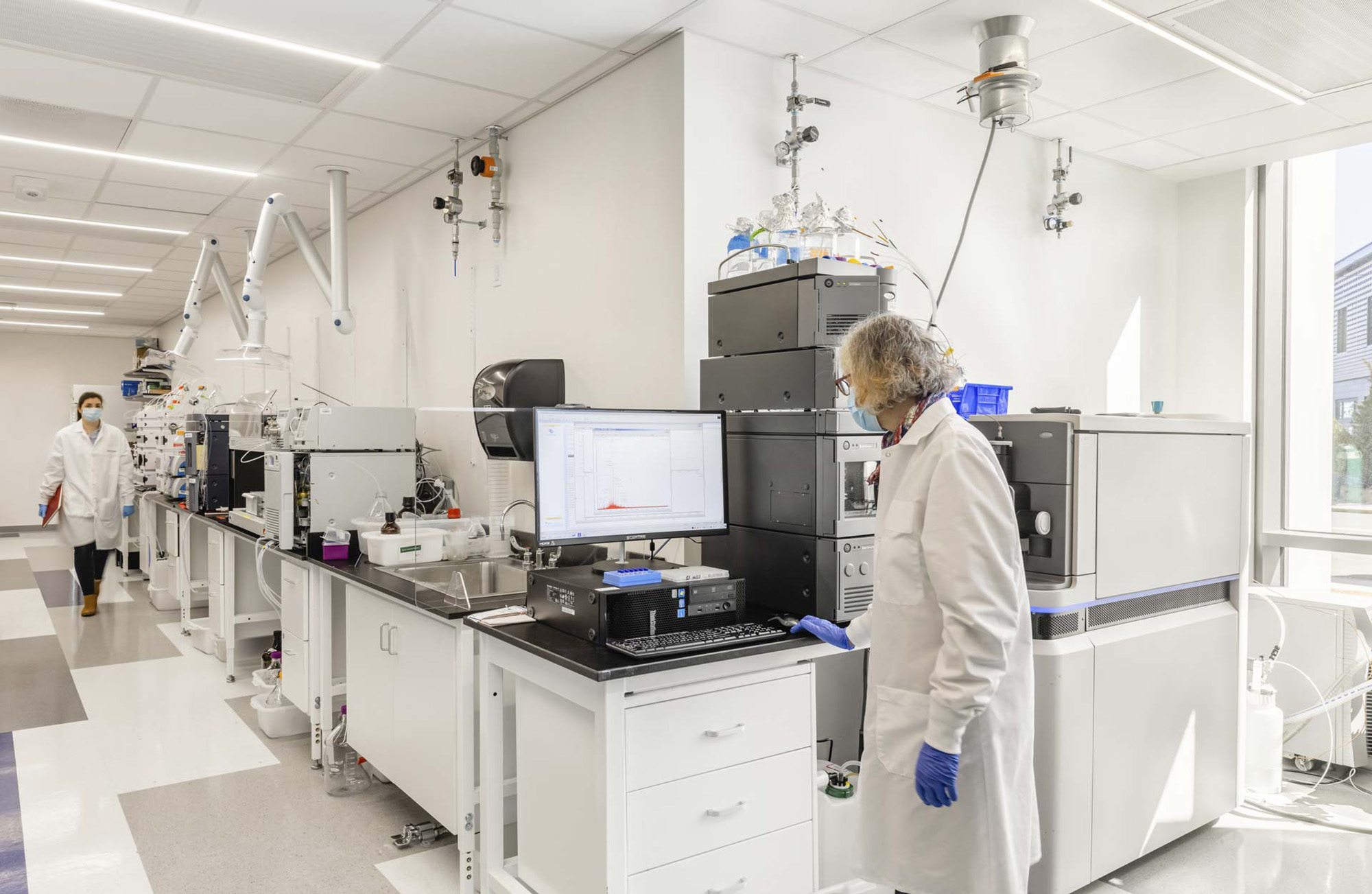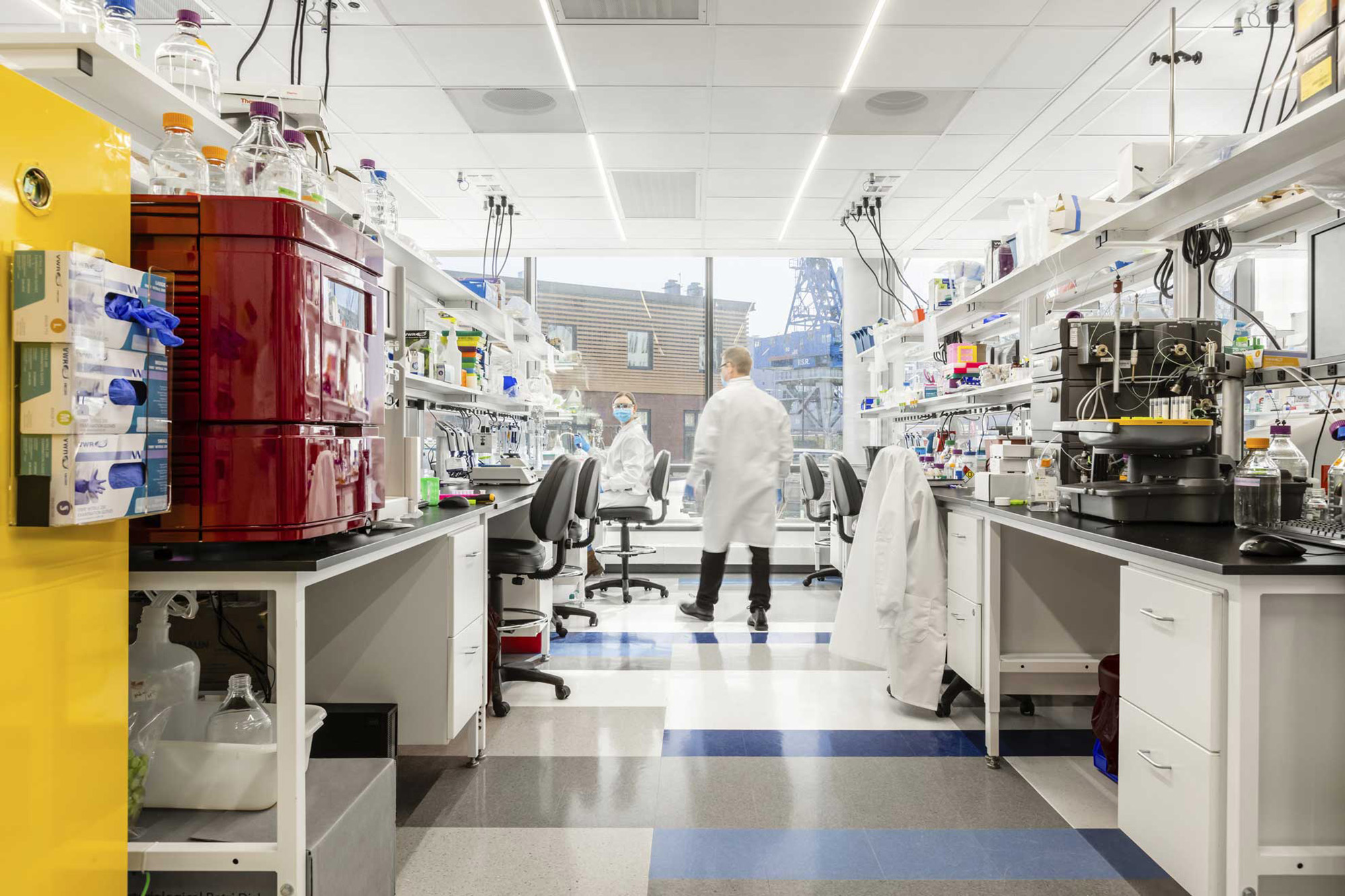As lab designers, we are always striving to better understand the needs of lab scientists—the end users who our spaces are designed for. In practice, this means continuing to broaden our communication channels with scientists.
At SMMA, we are doing this in two ways: by learning more about the scientific work being done in the spaces we are designing, and by participating in educational programs.
These programs, run by science organizations such as I2SL, My Green Lab, NEBSA, Lab Design Conference, Lab Manager, and Harvard School of Public Health, allow multiple stakeholders to share their expertise on a particular topic.

Learning about the science gives lab designers an edge, for several reasons:
It breaks the language barrier between architects and scientists.
This kind of two-way communication is essential in modern lab design. Today’s projects call on designers to synthesize many different variables and priorities. Our labs must serve the needs of end users, cities, and institutions while also meeting ever-higher environmental and safety standards.
It elevates our lab planning and design work.
By putting ourselves in scientists’ shoes, we can better appreciate the day-to-day challenges they face in the lab. This helps us design lab spaces with better flow and usability, as well as decreasing the levels of risk.
It gives us new perspectives and approaches to design.
These educational initiatives help expand our tools of understanding. Armed with greater knowledge of the science, we can more easily chip away at projects from multiple viewpoints to find alternative, and more sustainable, design solutions.
It helps us solve the related challenges of risk and sustainability.
The end goal of any lab project is to become net zero energy and carbon neutral. Lowering the risk allows for lower-intensity systems, thereby reducing energy usage. Initiatives such as My Green Lab’s Ambassador Program (and their planned AP Program) furthers our expertise in designing buildings that are both safe and sustainable.
If you would like to learn more about how SMMA is integrating scientific knowledge into our lab design practice, please reach out to Adrian Walters, Science & Technology Studio Leader.
More from Author
SMMA | Nov 14, 2022
How to achieve net zero energy in five steps
Martine Dion and Ethan Seaman share net zero energy best practices with owners and developers.
SMMA | Aug 22, 2022
For Gen Z, “enhanced communication” won’t cut it
As the fastest-growing generation, Generation Z, loosely defined as those born between the mid-1990s and early 2000s, has become a hot topic in conversations surrounding workplace design.








